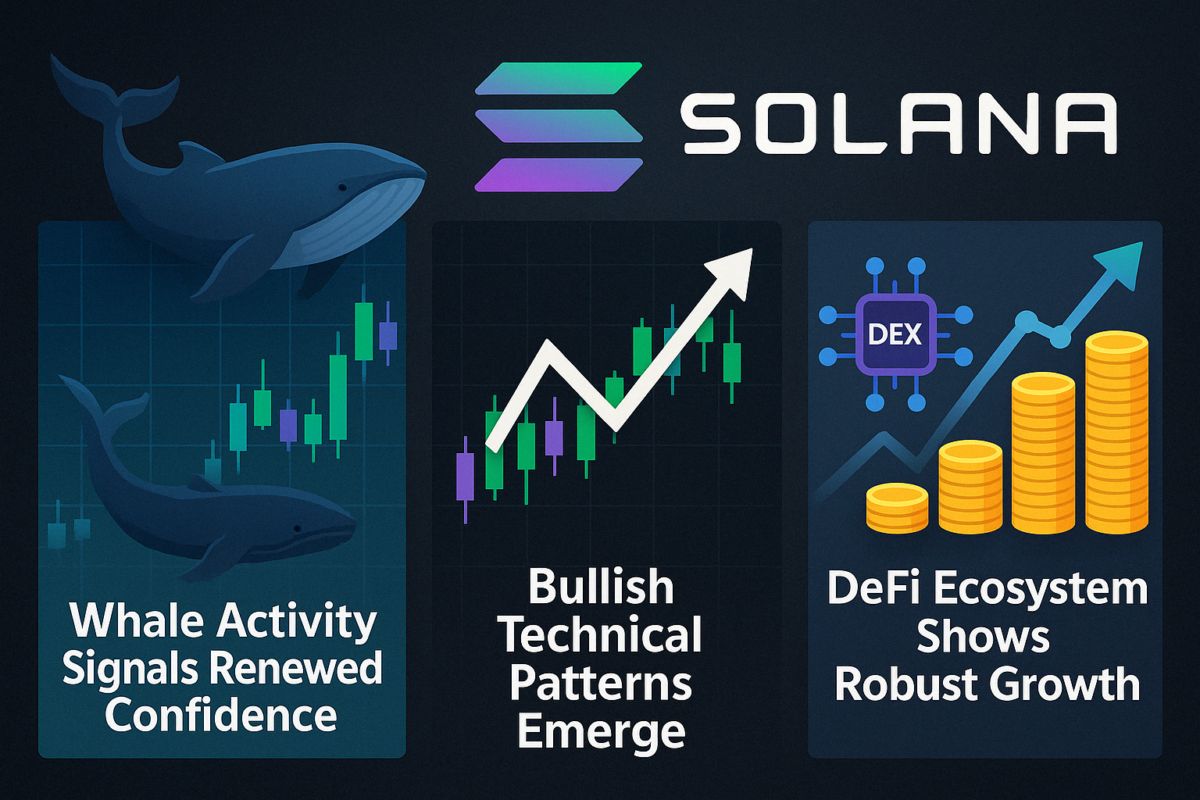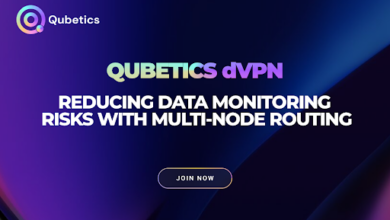Circle launches 'bridged USDC standard' for deploying to new networks
Circle has launched a new standard to streamline the process of launching its stablecoin, USDC, on new networks, according to a Nov. 21 blog post.
The new “bridged USDC standard” allows developers to launch the token through a two-phase process. In the first phase, the third-party developer has control of the token contracts, and the token on the new network is backed by a native version on another network. In the second phase, Circle takes control of the contracts, and the token becomes backed directly by Circle’s reserves. The second phase may not occur with all deployments.
Introducing Bridged USDC Standard, a new way to expand access to $USDC reduce fragmentation.
— Circle (@circle) November 21, 2023
EVM blockchain rollup teams can now deploy a bridged USDC token contract with optionality for Circle to seamlessly upgrade to native issuance in the future. https://t.co/suSgllMQoQ
According to the post, the token produced in the first phase will be “unofficial and not issued nor redeemable by Circle,” but will serve “as a proxy to USDC that’s extensible to any ecosystem where bridging is made possible.” If Circle and the third-party developer later decide they want to make the token official, they can “seamlessly upgrade to native issuance in the future.”
Circle said it's releasing the standard to eliminate the need for “migrations,” where users must swap an unofficial version of USDC for an official version after it becomes available. If developers use the new standard, migrations should become unnecessary, as it allows the unofficial tokens already held in a user’s wallet to become official.
The standard’s Github documentation requires developers to use a bridge with upgrade functionality for specific functions and refrain from upgrading the bridge once the token is issued.
Related: Stablecoin issuer Circle weighing up 2024 public launch: Report
Once the developer and Circle decide to transition the token to an official version, the third-party developer can freeze new mints on the bridge and “reconcile in-flight bridging activity to harmonize the total supply of native USDC.” Ownership of the contract can then be transferred to Circle, at which point the native coins backing the tokens on the new network will be burnt, causing the new network’s tokens to be backed directly by Circle’s reserves.
In September, Circle launched a native Base network version of USDC. In October, it did the same for Polygon .
Disclaimer: The content of this article solely reflects the author's opinion and does not represent the platform in any capacity. This article is not intended to serve as a reference for making investment decisions.
You may also like
BTC breaks through $88,000
SOL News: 3 Powerful Catalysts That Could Launch Solana Into Its Next Rally

Qubetics, VeChain, and Avalanche (2025): A Deep Dive into the Top Cryptos to Watch This Year
Discover why Qubetics, VeChain, and Avalanche are the top cryptos to watch in 2025. Explore updates, use cases, and innovations driving crypto buzz.Qubetics: Decentralized Utility with Real-World ToolsVeChain: Supply Chain Beast Getting Even SmarterAvalanche: High-Speed Infrastructure for Scalable DAppsWhat’s So Special About Qubetics’ Decentralized VPN?Conclusion: So, Which Crypto Stands Out?

